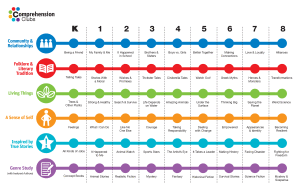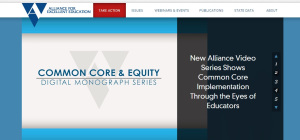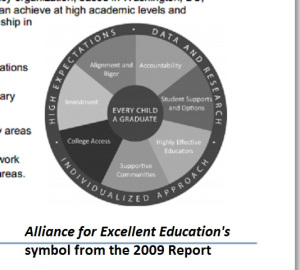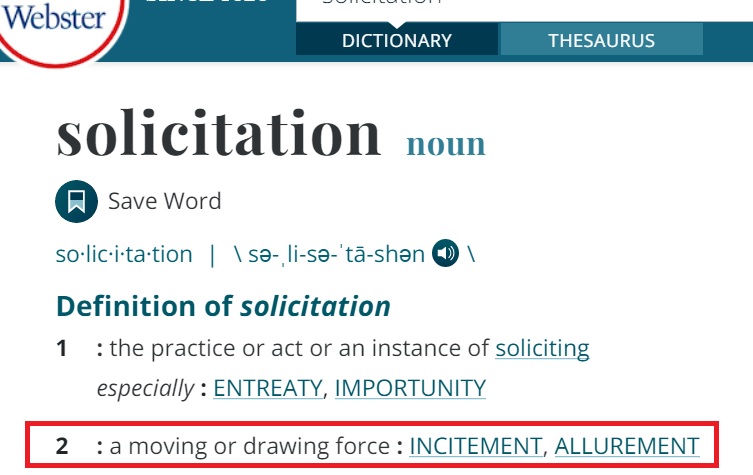
As always, on Tuesdays, you anti CCSS warriors are treated to those files, documents, and links I’ve been able to uncover that continue to point to the underbelly of the CCSS Machine. Today’s is a doozy!
“Pathways to College On-Line Library”:
Website: http://www.pathwaylibrary.org/
The file from their archives today has an interesting note at the bottom you have to see, “The above resource was included in the Pathways to College Online Library prior to the involvement of the American Institutes for Research (AIR), and thus has not been fully reviewed by AIR. Appearance in the database does not equate with endorsement by AIR or its affiliates.”
Why AIR’s stamp of approval is a big deal:
For the rhetoric of the Career Pathway/Common Core Standards to succeed, pro-CCSS groups, like AIR are needed to ‘approve’ all kinds of things. If you aren’t aware of how AIR is tied to CCSS, see: http://www.smarterbalanced.org/news/smarter-balanced-awards-test-delivery-system-contract-to-american-institutes-for-research/ (this is just ONE of the many ways AIR is tied to CCSS..assessments)
Back to the File:
The file’s original backer: Alliance for Excellent Education (http://all4ed.org/)
The file’s name? “Principles for a Comprehensive Assessment System”, published 2010.

Why the CP Library loves this document:
In their own words, “The United States is poised to make the most dramatic advance in assessment in decades. A state-led effort to develop common core standards in literacy and mathematics is defining what it means to be ready for colleges and careers, and this effort will invariably heighten the demand for assessments that measure a broader range of knowledge and skills and open the door for common assessment components across states. At the same time, the U.S. Department of Education is providing $350 million for consortia of states to develop new assessments that measure the common core standards. And a reauthorization of the Elementary and Secondary Education Act (ESEA) will set guidelines for assessments and their use for years to come. This opportunity could not be more timely.”
Looking back, we know the big bucks mentioned here refer to the PARCC and SBAC assessments. We know we’ve been fighting them. We know many researchers, myself among them, have given you wonderful ‘ammo’ to use against the assessments which are so high stakes.
Will we find any new ammo, in a 5 year, old document? Let’s see!!
1) The “Need” for MORE sophisticated assessing is addressed. See this excerpt, “In large part, this situation results from the fact that the primary means of assessment being used in the nation’s schools—state tests administered at the end of the school year—are not up to the job. For many reasons, these tests cannot measure the full range of competencies students are expected to demonstrate and provide at best a blurry snapshot of student and school performance. Yet they are expected to inform students and parents about academic progress, teachers about what to do to improve instruction, community members about school success, and states and the nation about whether students and schools are meeting goals. These expectations, all important, are more than any assessment—even the most sophisticated—can bear. This brief suggests the principles upon which the federal government and states should base their work in fashioning new assessments. “
2) Giving Horace Mann’s way of schooling the thumbs up is heralded as a ‘right’ to continue high stakes assessing. See this excerpt, “Since Horace Mann administered tests of student performance in Massachusetts in 1840, assessments have played multiple roles in American education. As Mann did, states and districts continue to administer tests to inform the public about the state of student achievement and to hold schools accountable for meeting achievement goals.”
3) Using CCSS as a wheel..what a horrid example. See this excerpt, “A new assessment system would redesign the summative tests used for accountability purposes and embed them in a comprehensive and coherent system in which curriculum, instruction, and assessment are intertwined. Think of the system as a wheel—at the hub are the common core standards, and the spokes include summative assessments, formative assessments, curriculum tasks, instructional tools, and professional development.“
4) The Principles Supposedly Upheld via the summative and formative assessing, curriculum tasks, etc.
a) cohesion (are we talking people or machines, here?)
b) comprehension (one of the most under-served parts of education to date via CCSS)
c) accurate (are you serious?)
d) credible (anyone care to acknowledge that by breaking the 3 education federal laws AND the 10th Amendment to the U.S. Constitution that there is NO credibility available?)
e) fairness (only to the profiting companies)
f) matching learning goals (can anyone who created the CCSS machine even spell ‘inappropriate developmentally’?)
g) clarity for reports (can’t have data mining without some clear guidelines)
h) technology in the classroom (yes, we have to be digital at all costs, can’t be tracked if we don’t)
i) engaging teachers (yes, that’s right they’re SO engaged, they are leaving their beloved profession in record numbers)
*NOTE, when you access each of the above principles, be sure to notice the international countries used as successful models.
The Fed’s Role a Bit More Defined:
With the 2015 Sen. Alexander bill up for consideration, this section of the 2010 Report sounds like someone was seriously into copying, pasting goals. I’ve read the entire Alexander bill and some of what I’ve read in this Report is eerily close in rhetoric.
Excerpts you’ll want to know:
a) “Federal education policy over the past two decades has played a dominant role in shaping state assessment systems.”
b) “The pending reauthorization of the ESEA offers an opportunity for the federal government to reshape testing practice yet again… shift the ESEA to focus on college and career readiness, which will require new assessments to measure student progress toward that goal. To help ensure the development of comprehensive, coherent assessment systems that support student learning toward standards for college and career readiness.”
How the above is to be accomplished via assessments per the Fed’s role in education:
1) requiring all assessments to include the CCR (College/Career Readiness) factor.
2) requiring curricula to be aligned to catch and measure what assessments can’t in regards to CCR.
3) requiring teachers to be as assessed as the students.
4) requiring no student to NOT be assessed.
5) requiring states to participate in skewed reports (NAEP, etc.)
6) using money to implicate the states in participation
7) create MORE education research

(please note, the year should read 2010, NOT 2009 in the above graphic)
The Report:
Anti CCSS warriors, we know that the updated ESEA/NCLB bill is set to be voted on soon. While public comments may be closed, we still can make noise. Use the above information, contrast it to the newer version (which encompasses MORE than assessing).
Here’s the full document: ComprehensiveAssessmentSystem



3 thoughts on “FTF Tuesday: Comprehending Assessments”